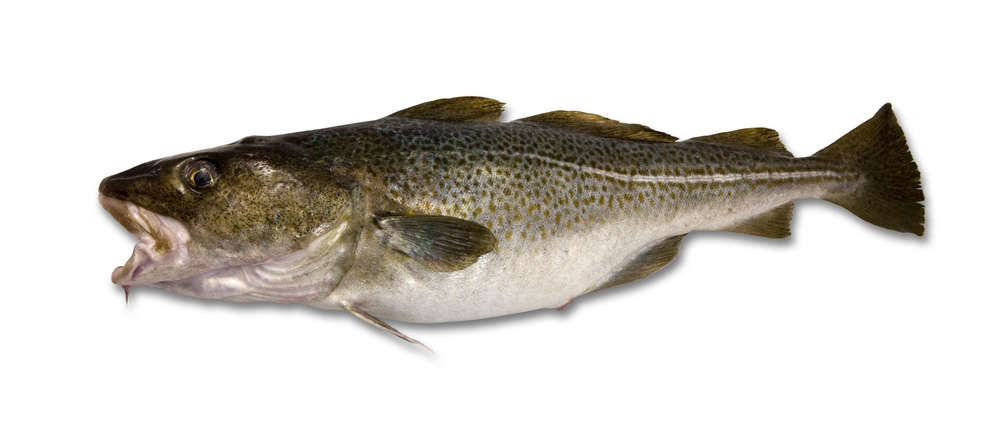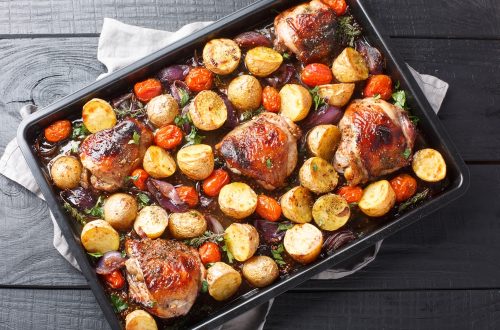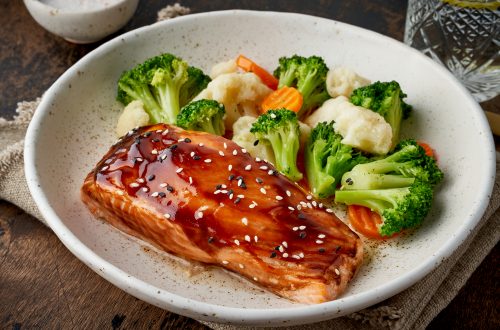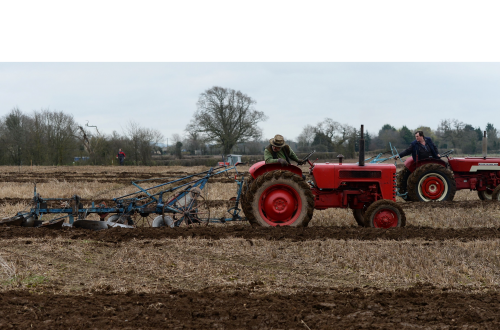
Ode to the Mighty Cod
To view the photos and comment online from your email, please click on the title.
We owe a lot to the mighty cod. I just finished its biography: Cod by Mark Kurlansky. I found out a lot about the state fish of Massachusetts. I had known that a whole region is named after cod and that the Sacred Cod holds an honored place in the State House. But here, I learned that this fish enabled exploration and discovery, sparked wars between England and Iceland, and enriched New England for a century. It was even a reason that New England sought to separate from England in the years leading up to the American Revolution.
More important: today, cod is at a crisis point. As The Guardian noted in a recent article, the fish that were once so abundant are now threatened, and some scientists wonder whether the stocks will survive at all. That’s a big change from a European fishery that began in medieval times to provide inexpensive protein for the masses. European countries in the time of Columbus would sail to fishing grounds off Canada to harvest this fish. When dried and salted, it was shipped back to Europe, especially to Catholic countries where the church forbade eating meat for almost half the year.
Why cod is god
It’s an ideal protein. Its white meat has virtually no fat and is more than 18% protein. When dried – its flesh is three-quarters water – the fish becomes concentrated protein, almost 80%.
The Vikings were able to sustain themselves during their voyages to Iceland, Greenland, and into Canada by subsisting on dried cod. When John Cabot “discovered” Newfoundland in 1497, he reported on a wealth of cod there. Fishing lore at the time described an environment in which cod could be captured by merely dropping weighted baskets into the ocean. By the early 1500s, the Basques were fishing for cod off Newfoundland, and Jacques Cartier noted the presence of hundreds of Basque fishing vessels when he “discovered” the Gaspe Peninsula in Canada.
By the 18th century, New Englanders had become an international economic power due to the cod: trading the best salted cod for salt, fruit, and wine in Europe, then sailing to the West Indies where the codfish aristocrats traded lower-quality cod as food for the enslaved in return for molasses, spices, tobacco, cotton, sugar, and coffee. Returning to New England, they made rum from the molasses and hauled that back to Europe for trade. But that was a time when cod were plentiful.
These days, that’s no longer the case. New and improving fishing techniques have decimated the once-plentiful fishing grounds. We’re at least 50 years behind in addressing the problem of restoring stocks. The vast majority of cod for sale in American markets these days is frozen, shipped in from Norway or Iceland. The New England catch dropped to its lowest haul in the fishery’s history. Decades of overfishing have reduced the stock to a point that has required the New England Fishery Management Council to implement a decade of low catch limits with the goal of rebuilding the Gulf of Maine cod stock.
In search of cold waters
But here’s the problem: cod is a cold-water fish that prefers water temperatures between 34 and 50 degrees. They’ll eat almost anything (including their young), preferring sea life that clusters where warm and cold currents brush each other. In North American, those current junctures are where the Gulf Stream passes the Labrador current. When it comes to propagation, they migrate for spawning, seeking water temperatures ranging from 40 to 47 degrees. But with warming ocean temperatures, what’s left of the population seems to be moving north seeking cooler water to lay their eggs. That’s not favorable news for the U.S. fishing fleet – or for American diners.
The fishing limits have meant that the New England ground fishing fleet is down to about 17 active boats, according to Jerry Leeman of the New England Fishermen Stewardship Association. They’ve shifted to other ground fish such as haddock, but those catches are still low.
How can you help? We have to pay more attention to where our food comes from: learn to appreciate the sources and the fragility of our food web. It’s a tremendously complicated problem and will require our diligence to make sure that the proposed solutions are best in the long term. For now, let’s buy from local fish sources, when possible, in order to sustain the local fisheries. And muse about the long-ago 1500s when Europeans heard that sailors could walk on the huge amount of cod that swam on the fishing banks off the coast of the “New Found World.”
Meanwhile, let’s consider ourselves fortunate to be able to dine on cod – for now. Here’s one of my favorite recipes.
Please click on the headline to view the blog on the website. You can log in and comment at the end of the blog to share your thoughts and start a discussion or suggest a topic for Farmboy in the Kitchen.
If you’d like to share the blog, click on the Facebook icon or one of the others. Thanks!





One Comment
Tracy May
A favorite of mine is boxty (Irish potato pancake) with baked cod served on top. Yum. Too bad the Irish pub where I used to order it went belly up :o(